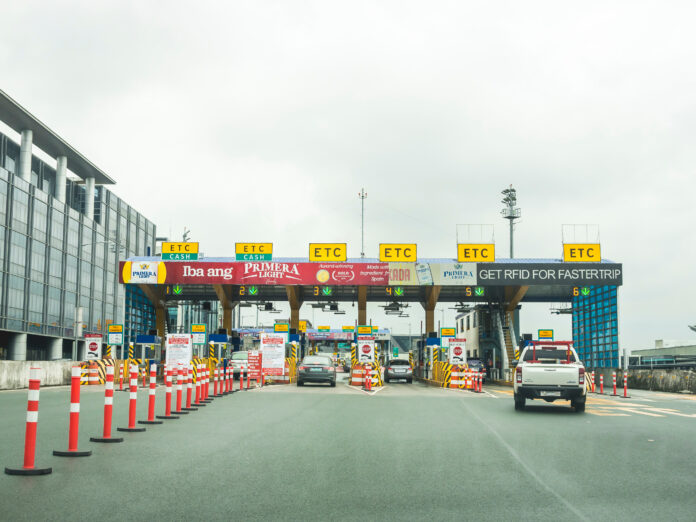The Toll Regulatory Board (TRB) has betrayed a bias against fast, barrier-free transits at expressways with the decision announced Sunday to achieve that goal as quickly as within the year as it earlier committed but in two or three years instead. This new commitment followed an earlier misstep, later reversed, when the TRB operating as an attached agency of the Department of Transportation (DOTr), ordered a delay, ostensibly to conduct a thorough review.
But the TRB on Sunday announced plans to implement barrier-free toll booths across all expressways within the next two to three years that it said is a significant step in improving traffic flow and toll collection efficiency.
“We are looking at a 2 to 3-year period for barrier-less toll booths. We are currently crafting the policy document for implementation,” said Alvin Carullo, executive director at the TRB.
This development comes as Metro Pacific Tollways Corp. (MPTC) and San Miguel Corp. (SMC) prepare for the transition to barrier-free toll collection systems expected to eliminate the need for vehicles to stop at toll gates. According to the TRB, this change will reduce choke points and bottlenecks, significantly improving the throughput of toll lanes.
The current electronic toll collection (ETC) system allows for vehicle passage in as little as five seconds, processing up to 900 vehicles per hour. However, once the barrier-free toll lanes are in place, the TRB expects a smoother flow with no stop-and-go motion, further enhancing capacity.
In addition to barrier-free toll lanes, the TRB has set its sights on achieving a fully cashless and interoperable toll system across all expressways as quickly as possible. This goal aligns with the Department of Transportation’s (DOTr) earlier directive for a suspension of the cashless toll system’s implementation, initially scheduled for this month, pending further review.
Carullo said the TRB is working closely with toll operators to resolve challenges related to account management systems and RFID readability. The smooth implementation of a fully interoperable electronic toll collection system is considered crucial by MPTC and SMC to the success of the barrier-free toll project.
The interoperability initiative, which began in 2017 with a memorandum of agreement among the DOTr, DPWH, LTO, TRB, SMC, MPTC, and the Ayala Group, requires toll operators to upgrade their systems for integrated toll collection. Currently, the ETC transaction penetration rate across tollways stands at 90 percent.
SMC and MPTC use separate RFID tags—AutoSweep and EasyTrip, respectively—but both companies are working toward making their systems compatible with the larger interoperability project, which aims to streamline toll collection across all expressways.
The TRB’s barrier-free toll initiative is part of a broader technological effort to improve traffic flow and reduce congestion on the country’s expressways.







